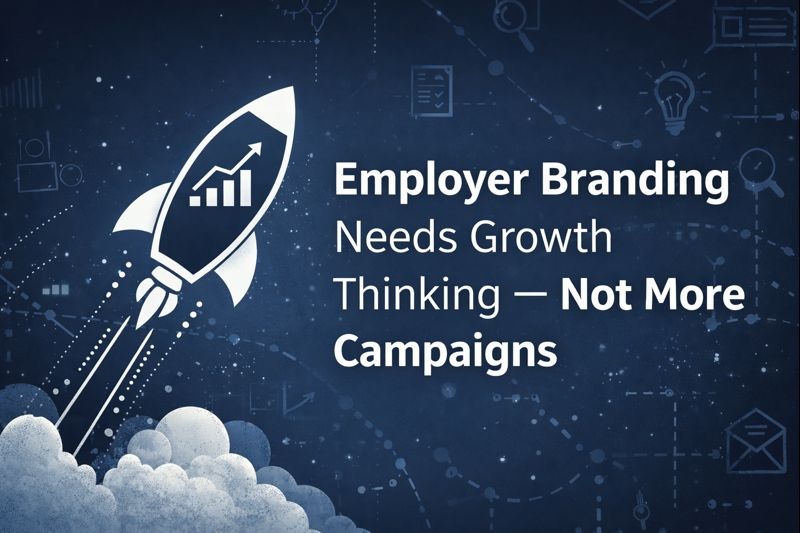In business, the term 'blind spots' is often unjustly equated with poor performance. However, this interpretation fails to recognize the underlying significance of blind spots as critical components of organizational strategy and success. Blind spots are not mere excuses; they are the unrecognized areas in a business that, when addressed, can pivot a company’s trajectory towards unprecedented growth.
Reflecting on my initial years in the consulting field, I recall countless situations where companies were perplexed by their inability to meet objectives, oblivious to the insights that competitors capitalized on, or were cemented in outmoded thought processes. These blind spots, although invisible, created a myriad of challenges that seemed insurmountable. Questions arose, echoing through the halls of management teams: "Why do we keep missing the mark?" "Why can't we see what others see?" "Are we just stuck in an outdated mindset?"
The journey from recognizing to addressing blind spots is transformational. It involves the cultivation of a strategic mindset that is both introspective and outward-looking. Identifying blind spots means challenging the status quo, questioning deeply ingrained organizational beliefs, and being willing to look beyond conventional wisdom. It is about understanding the nuances of your industry, staying ahead of emerging trends, and preempting shifts in consumer behaviour.
Addressing these blind spots begins with a rigorous analysis of your business environment. This may encompass various facets, such as blind spots in customer experience, technology adaptation, market dynamics, or internal processes. For instance, a familiar blind spot may be the overreliance on traditional business models in an age where digital transformation is paramount. Another might be the lack of employee engagement strategies in a world where talent retention is crucial.
Addressing blind spots also means fostering a culture of continuous learning and adaptability. It is about empowering teams to bring diverse perspectives to the table and encouraging an environment where questioning and innovation are not just welcomed but also part of the organizational DNA. As a leader, it involves promoting a vision that transcends the immediate horizon and delves into the potential of 'what could be'.
In strategic planning, ensuring that blind spots are accounted for can be the difference between mediocrity and excellence. The results can be game-changing when these areas are thoroughly examined and integrated into the business strategy. Strategies become more robust, adaptable, and aligned with the evolving marketplace.
In essence, the art of mastering blind spots in business is not about defending against weaknesses but about proactively turning potential vulnerabilities into strategic advantages. It is a testament to a company's commitment to growth, learning, and resilience. By embracing and addressing blind spots, businesses survive; they thrive, innovate, and lead. This is not just a fact—it's a strategic imperative for those aspiring to redefine their respective industries' benchmarks.
Take Your Business to the Next Level
We help medium-sized businesses innovate and make measurable progress towards their business outcomes so their companies thrive.
Over the years, we’ve used proven Innovation & OKR processes to generate tangible business outcomes in 12 weeks ️ for companies including Roche, IBM and many others.
Stay ahead of the competition. Learn more and contact us now.
 Concrete’s Carbon Problem and the Race to Fix It
Concrete’s Carbon Problem and the Race to Fix It Employer Branding Needs Growth Hacking — Not More Campaigns
Employer Branding Needs Growth Hacking — Not More Campaigns The Wireless Renaissance: From Tesla’s Dream to Agentic Autonomy
The Wireless Renaissance: From Tesla’s Dream to Agentic Autonomy Collective Resonance: How Consciousness Scales Beyond the Individual
Collective Resonance: How Consciousness Scales Beyond the Individual Autonomous Wingmen: Scaling Sustainable Aviation via NVIDIA NAT and Formation Flight
Autonomous Wingmen: Scaling Sustainable Aviation via NVIDIA NAT and Formation Flight